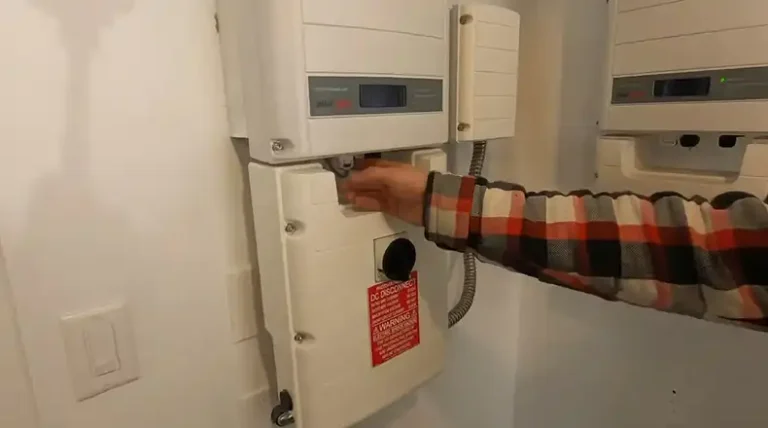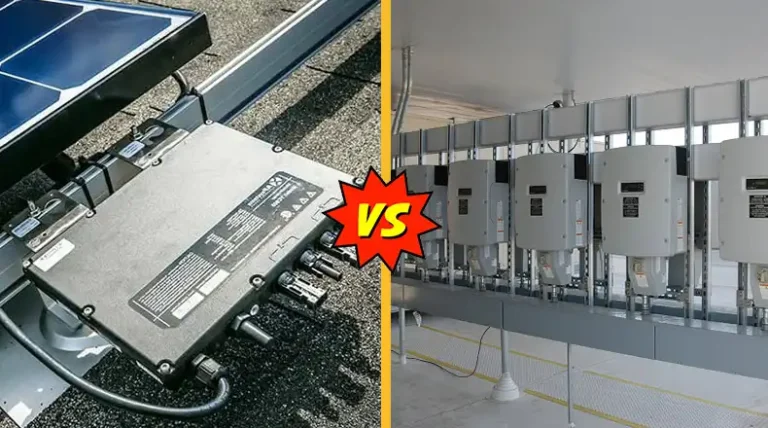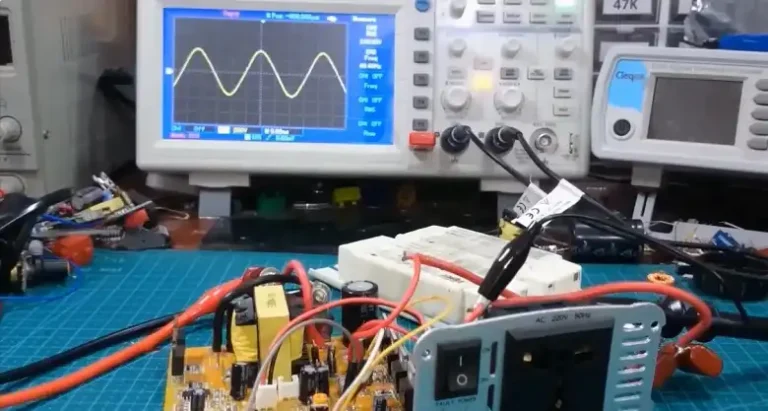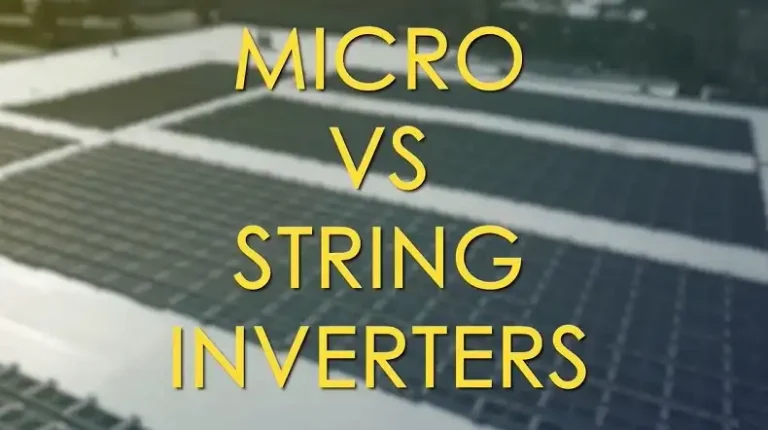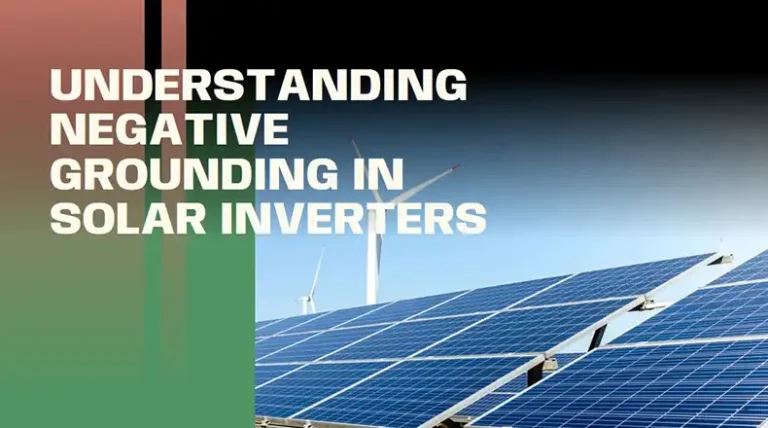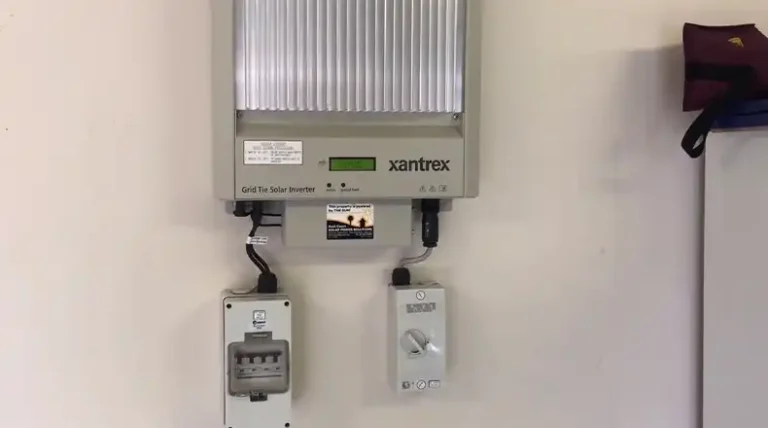Do I Need a 3-Phase Solar Inverter with 3-Phase Power?
Whether you need a 3-phase solar inverter or not depends on the size of your solar system and the type of electrical supply you have. In general, if you have a 3-phase power supply and a solar system larger than 5kW, you’ll likely need a 3-phase inverter.
However, for smaller solar systems up to 5kW, you may be able to use a single-phase inverter with a 3-phase power supply, but this approach has limitations and should be carefully evaluated.
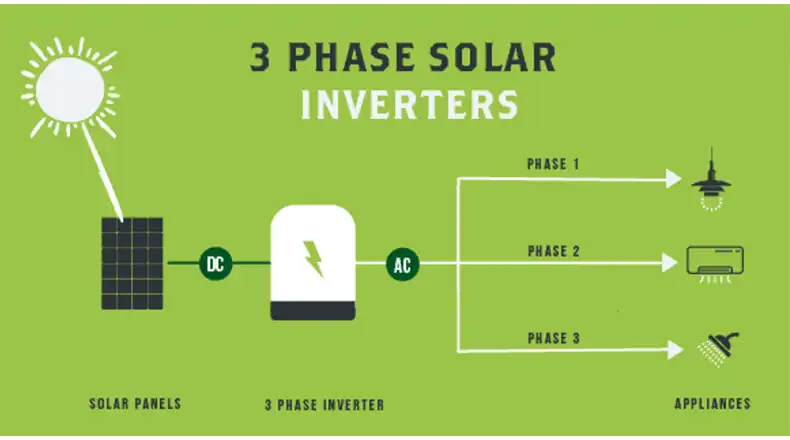
Single-Phase vs. 3-Phase Power
Single-phase power is the most common type of electrical supply found in residential settings. In a single-phase system, the alternating current (AC) is delivered through two wires: a live wire (also known as a hot wire or phase wire) and a neutral wire. The live wire carries the alternating voltage, while the neutral wire serves as the return path for the current.
On the other hand, 3-phase power systems are typically used in commercial and industrial environments where higher power demands are required. In a 3-phase system, three live wires (or phase wires) carry alternating voltages that are 120 degrees out of phase with each other. They are accompanied by a neutral wire.
Why Might You Not Need a 3-Phase Inverter?
For smaller solar systems, up to 5kW in capacity, there are a few considerations that may allow you to use a single-phase inverter with a 3-phase power supply –
Individual Phase Capacity
In a 3-phase system, each phase can typically handle up to 5kW of load. This means that a smaller solar system, within this capacity limit, could potentially be connected to a single phase without overloading it.
Smart Meters
In some cases, smart meters can help balance the power draw across all three phases, reducing the risk of overloading a single phase. However, this is not always guaranteed and may depend on your specific utility’s implementation.
Note: While this approach might be possible for smaller systems, it is crucial to ensure a proper system design tailored to your specific needs and local regulations.
Limitations of Single-Phase Inverters with 3-Phase Power
If a single-phase inverter is used with a solar system that is too large for the capacity of a single phase, it can lead to an overload on that phase. This can result in inefficiencies and potential damage to appliances connected to the overloaded phase.
Benefits of Using a 3-Phase Inverter
Using a 3-phase inverter with a 3-phase power supply offers several advantages:
- A 3-phase inverter distributes the generated solar power evenly across all three phases, reducing the risk of overloading any single phase.
- 3-phase inverters are designed to handle higher power outputs in 3-phase systems, experiencing lower energy losses compared to single-phase inverters in the same setup.
- Many utility companies and grid operators mandate the use of 3-phase inverters for larger solar systems connected to 3-phase power supplies, ensuring grid stability and safety.
- A 3-phase inverter provides better scalability for your solar system, allowing you to accommodate increased energy needs without significant upgrades or replacements.
- Using a 3-phase inverter ensures compatibility with 3-phase appliances and equipment in your system, improving overall performance and efficiency.
Choosing Between Single-Phase and 3-Phase Inverters
When deciding between a single-phase and a 3-phase inverter, consider the following factors –
Cost: 3-phase inverters are generally $500 to $2000 more expensive than single-phase inverters, depending on the brand and features, which can be a significant factor, especially for smaller solar systems.
Single-Phase Inverter Considerations:
- Single-phase inverters are simpler and less expensive than 3-phase inverters.
- They can be connected to one phase of a 3-phase system, but they will only utilize power from that phase.
- It is generally not recommended to use a single-phase inverter for larger solar systems (typically above 5kW) due to the potential for overloading a single phase.
Do You Need a 3-Phase Solar Inverter with 3-Phase Power?
Now you may have understood that if you have a small solar system (under 5kW) and no specific network regulations favor 3-phase inverters, a single-phase inverter might be an option. Otherwise, it’s strongly recommended to choose a 3-phase inverter.
To make the best decision for your solar system –
- Analyze your energy usage and the planned size of your solar system.
- Check local regulations and utility requirements for inverter type and grid interconnection.
- Compare the costs and long-term benefits of different inverter options, taking into account factors such as reduced voltage rise, future scalability, and overall system efficiency.
This way you can ensure that your system is designed optimally, considering all relevant factors specific to your situation.
End Note
Choosing the right inverter for your solar system depends on various factors, including system size, local regulations, and cost considerations. While there may be instances where a single-phase inverter can be used with a 3-phase power supply for smaller systems, it is generally recommended to opt for a 3-phase inverter for larger solar systems or when required by local regulations.
People Also Ask
Can I use multiple single-phase inverters instead of a 3-phase inverter for a larger solar system?
While it is technically possible to use multiple single-phase inverters in a larger solar system, this approach is generally not recommended. It can lead to increased complexity, higher costs, and potential imbalances in power distribution across the phases.
How do I determine the maximum solar system size I can install with a single-phase inverter on a 3-phase power supply?
The maximum solar system size that can be installed with a single-phase inverter on a 3-phase power supply depends on several factors, including the capacity of each phase, the local utility’s regulations, and the specific characteristics of your electrical installation. As a general guideline, it’s recommended to stay below 5kW for single-phase inverters on 3-phase power supplies.
Can I mix single-phase and 3-phase inverters in the same solar system?
It is generally not recommended to mix single-phase and 3-phase inverters in the same solar system. This can lead to complications in power distribution, potential imbalances, and compatibility issues. If you need to expand your solar system in the future, it’s usually better to plan for a 3-phase inverter from the start, even if your initial system size is smaller.

